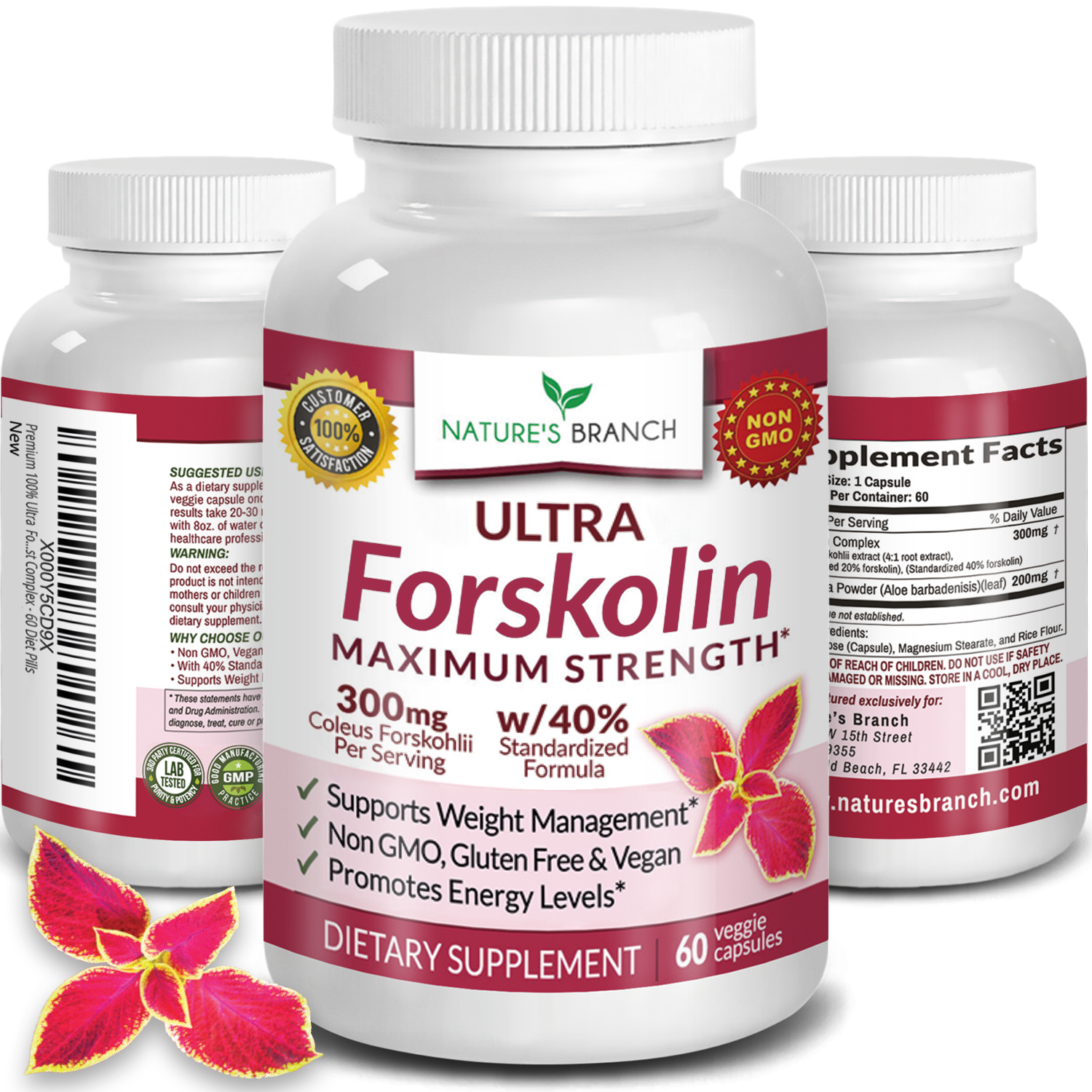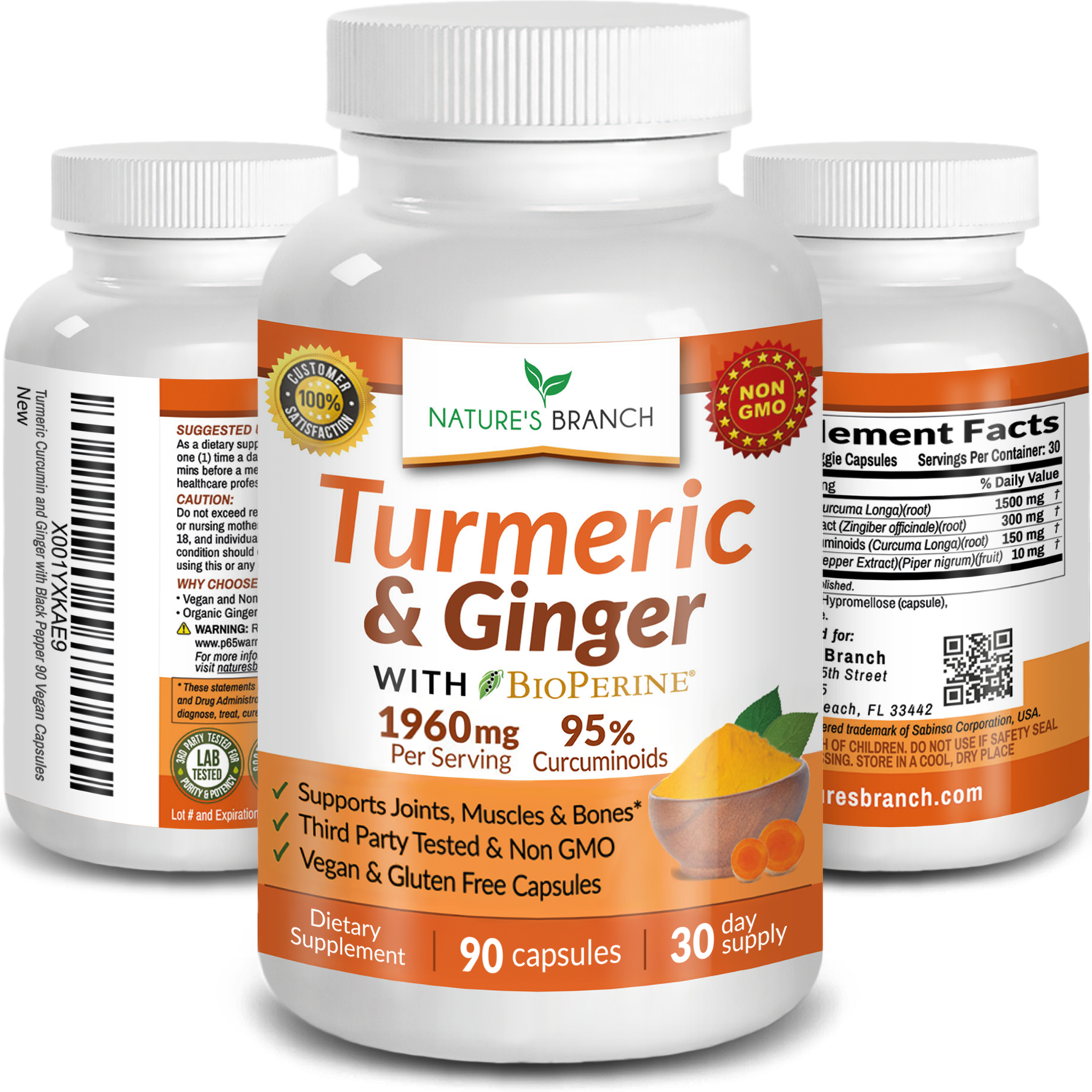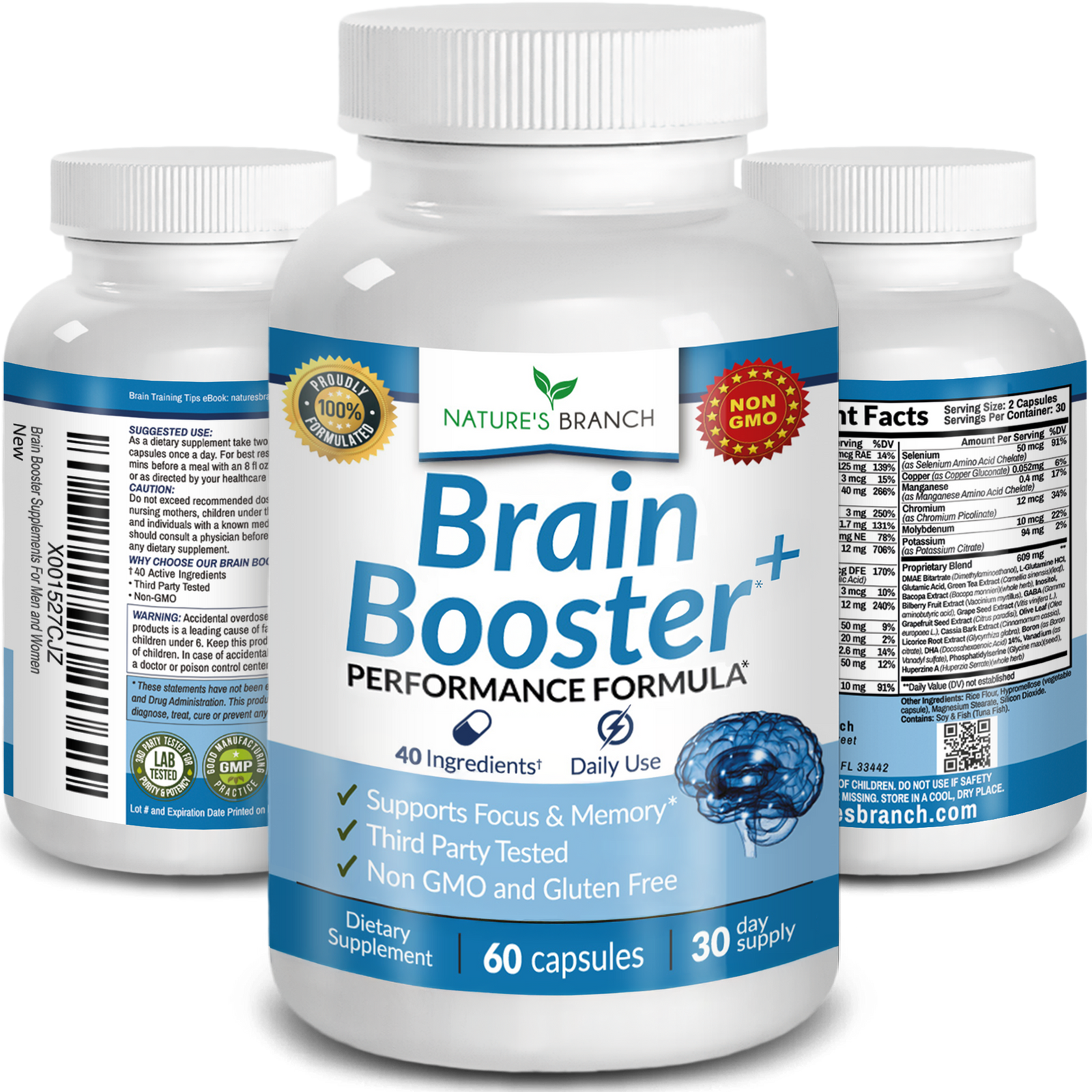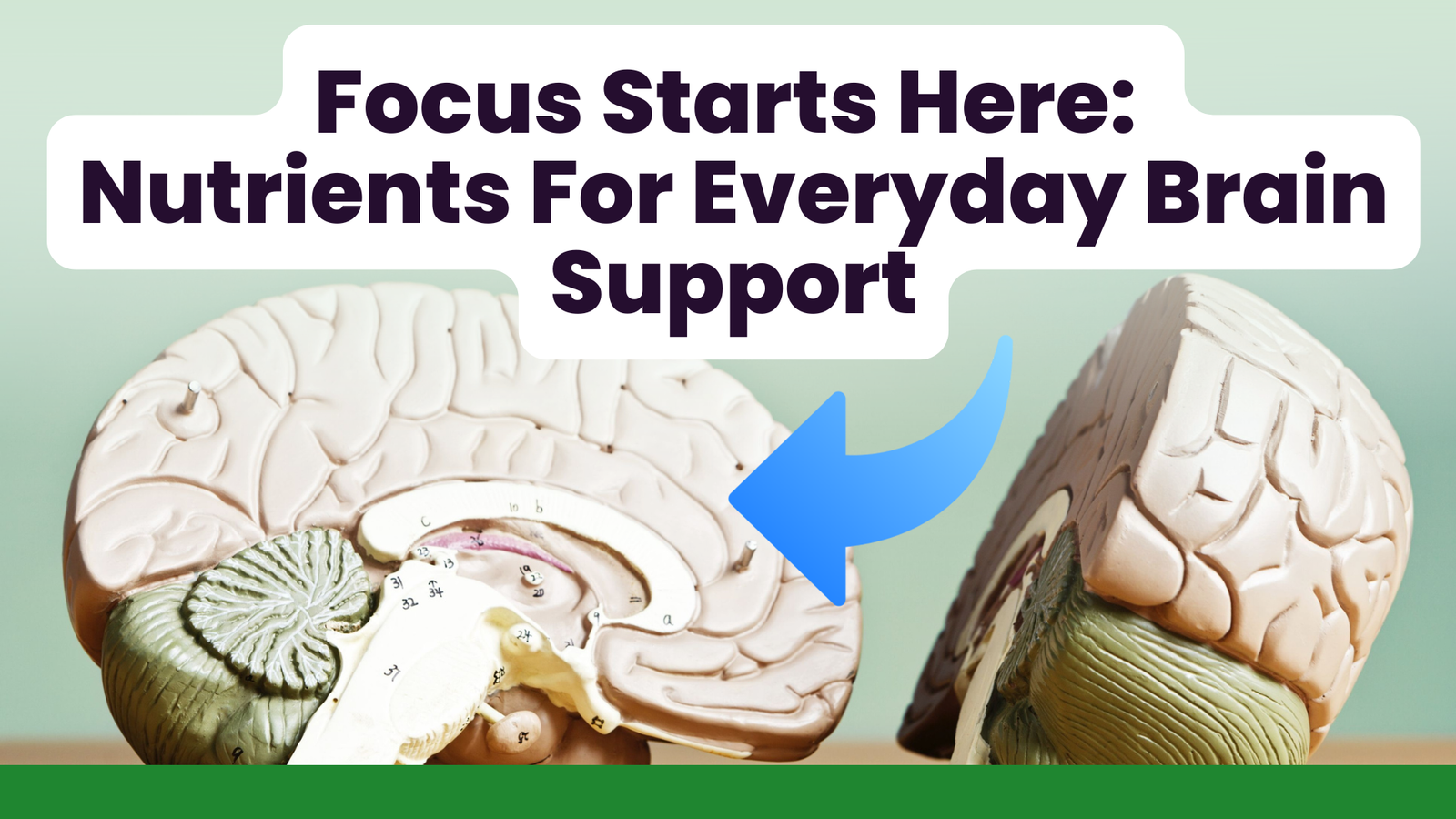As we age, many parts of our body are prone to pains and aches. The most common of which is our back. Due to strenuous activities that we are doing in our household, school and workplaces, back pain is a typical experience. However, although it’s pretty normal that someone can experience back pain, let’s admit that it causes discomfort and worse, it can negatively affect your performance and body functions.
What is Back Pain?
Back pain can affect people of any age for different reasons. It can result from injury, activity and some medical conditions. Issues with ligaments, muscles, nerves, and the bony structures that make up the spine, called vertebral bodies or vertebrae may cause back pain. It can also be due to a problem with nearby organs, such as the kidneys.
In the United States alone, 75 to 85 percent of Americans will experience back pain in their lifetime, according to the American Association of Neurological Surgeons. Out of the said percentage, 50 percent will have more than one episode within a year. Furthermore, in 90 percent of all cases, the back pain gets better without any surgery.
The good news is that in most cases, it isn’t a severe problem. The back pain that you are experiencing might be a cause of a simple strain to a muscle or ligament.
What are the various types of back pain?
1. Acute back pain is more severe pain that develops suddenly. This pain usually goes away within a few weeks. Acute back pain is the most common type of back pain.
2. Sub-acute back pain is more severe pain that lasts up to 3 months.
3. Chronic (long-term) back pain can begin suddenly or more slowly. It lasts longer than three months. Once it starts, it may come and go. In about 5% to 10% of people with chronic back pain, the pain will come and go for the rest of their lives.
Doctors usually refer to back pain as acute if it has been present for less than a month and chronic if it lasts for a longer period of time.
What are the Common Causes of Back Pain?
Back pain can have many underlying reasons, but often no specific cause will be found. Please be sure to discuss your symptoms as well as the suggested treatments with your health-care professional to determine the appropriate diagnostic and treatment plan for your circumstances.
Often back pain doesn’t have a straightforward cause but may be due to one or more of the following:
1. Poor posture- You may not feel any ill-effects after sitting with poor posture for a few hours. However, the stress that poor posture places on your spine can lead to anatomical changes in your spine. As a result, it can provoke back pain through the constriction of your blood vessels and nerves.
2. Lack of exercise- Lack of exercise can cause or worsen back pain because of increased stiffness and weakened muscles. Sedentary people miss out on the benefits of regular physical activity, which can lead to the spinal discs becoming degenerated. Try exercising at least 30 minutes every day.
3. Muscle strains or sprains- Lumbar (lower back) muscle strains and sprains are the most common causes of low back pain. Lumbar muscle strain is caused when muscle fibers are abnormally stretched or torn. A lumbar sprain is caused when ligaments (the tight bands of tissue that hold bones together) are torn from their attachments.
4. Bulging and Ruptured Disc- Your spinal discs are located between adjacent vertebrae and serve as shock-absorbing cushions. Bulging and rupturing of discs may happen for a combination of reasons including the natural process of aging, trauma to the spine, weight gain, and repetitive stress to the spine. The discs begin to deteriorate over time, making them more prone to bulging or protruding outward (called a bulging or slipped disc). A torn disc is called a ruptured disc or a herniated disc.
5. Spine Osteoarthritis- Spine osteoarthritis occurs as a result of "wear and tear" of the cartilage located between the spine's joints. As the cartilage wears away, a dull, aching, or throbbing pain that is worse with movement may develop. An unpleasant feeling of crepitus (a popping sensation) may be felt as the cartilage wears away entirely and the joints begin rubbing against each other. Joint stiffness and a limited range of motion may also occur with spinal osteoarthritis.
6. Sciatica- Sciatica refers to compression or pinching of the sciatic nerve, often caused by a herniated disc or bone spur. An injury or trauma to the pelvis, buttocks, or thigh, diabetes, prolonged sitting, and piriformis syndrome which happens when a small muscle in the buttocks spasms and irritates the sciatic nerve.
7. Spinal Stenosis- Spinal stenosis (or narrowing) is a common condition that occurs when the small spinal canal, which contains the nerve roots and spinal cord, becomes compressed. It is characterized by “pinching” of the spinal cord and nerve roots, which leads to pain, cramping, weakness or numbness.
8. Spondylolysis and Spondylolisthesis- Spondylolysis refers to a stress fracture in one of the vertebrae of the spine. This condition is most common in children and adolescents who play sports, such as gymnastics or football that place repeated stress on the lower back. Spondylolysis can also occur as a result of trauma to the spine or from the degenerative changes of aging, which causes a loss of the typical stabilizing structures of the spinal column.
9. Osteoporosis- Osteoporosis causes bones to become weak and brittle. When the bones become fragile, a fall or even mild stresses such as bending over or coughing can cause a fracture. Osteoporosis-related fractures most commonly occur in the hip, wrist or spine. Osteoporosis affects men and women of all races.
10. Scoliosis- Scoliosis causes the spine to curve to one side. It can affect any part of the spine, but the most common regions are at the level of the chest and the lower back. A person with scoliosis will have a C- or S-shaped curve in their spine. The reasons for the change in shape are not usually known, but some cases are linked to cerebral palsy, muscular dystrophy, spina bifida, or a congenital disability.
How to Deal with Back Pain?
1. Get More Exercise and Stretch
Exercise routines are essential in helping to lower the risk of experiencing back pain. When you exercise, make sure you warm-up your muscles before you stretch them. You should never bounce during stretching, and all stretches should be slow and gradual. There are different routines that you can try. You can also search online about the best exercise routines that will fit your capability.
2. Cut some fats
Being overweight or obese may increase the risk of suffering from back problems. A study from the American Obesity Association revealed that episodes of musculoskeletal pain, and specifically back pain, are prevalent among the nearly one-third of Americans classified as obese or overweight.
3. Stop Smoking
Structural damage caused by smoking may lead to increased risk of osteoporosis, lumbar disk disease, and impaired bone and wound healing, along with impaired oxygen delivery, the investigators concluded in the 2010 study of American Academy of Pain Management.
4. The Right Sleeping Position
Preferably, one should sleep with their back lying flat but if lying flat on your back feels uncomfortable, try shifting over to your side. Allowing your right or left shoulder to make contact with the mattress, along with the rest of that side of your body may be more comfortable. Then, place a pillow between your knees. If there’s a gap between your waist and the mattress, consider using a small pillow there for added support. The pillow technique has been said to help keep your hips, pelvis, and spine in better alignment.
5. No slumping over your desk
When sitting in an office chair, use the same proper posture techniques you use when standing. It’s critical to keep good posture and support your back when sitting down, especially if you do it for several hours per day. Choose a quality chair that provides firm support for your lower back, and make sure your knees are a little higher than your hips when you sit.
6. Avoid High Heels
Try to minimize the amount of time you’re wearing high heels. Bringing along a pair of flats will help support the health of your back. The higher the heels, the greater the strain on the body and this may produce more back pain. Ensuring your back is in excellent condition doesn’t have to take a backseat to style. You just have to be mindful about your choices.
7. No Wearing Skinny Jeans As Much As Possible
Skinny jeans may also contribute to painful back problems. Wearing very tight jeans can restrict mobility and force other muscles to strain as they try to compensate for the resulting change in posture.
8. Pick the Right Handbag or Briefcase
Carrying around pounds of possessions in a heavy bag can lead to disabling back pain. The bigger the bag you are about to carry, the more you put in it. Do yourself a favor and carry the smallest bag filled with only what you need and leave the rest at home. Doing this may help lessen the risk of experiencing back pain.
9. Turmeric and Ginger Supplement to Help You with Back Pain Relief
The powerful combination of turmeric and ginger, which is said to have anti-inflammatory properties may help you support backaches and pain relief.
Nature’s Branch Turmeric and Ginger supplement may help with stiffness and pain relief and it helps promotes flexibility and mobility. Each of our turmeric and ginger capsules contains 95% curcuminoids for an ultra-premium, maximum strength turmeric complex. They are proudly made in the United States and are third-party tested for safety, potency and quality. Get your Turmeric and Ginger supplements today by visiting clicking the image below:




















Leave a comment (all fields required)